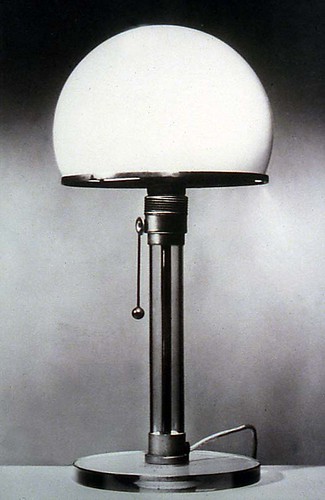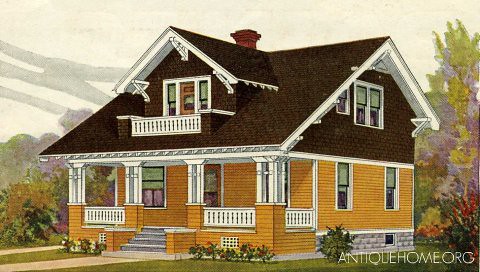Designers of the modernist movement began shaping and stretching the limits of a new architecture. Architects such as Ludwig Mies Van Der Rohe compromised with city officials on ground space in order to stretch the Seagram Building vertically. Frank Lloyd Wright stretched the boundaries of his normally rectilinear architecture with his design for the Guggenhiem Museum. The modernist movement is defined by the machine and the stripping away of all ornament of previous eras (Massey 63).
Designers and architects of the 20th century speculated about the direction of design and many people wanted to compose a new architecture which resulted in the modernism movement and the following mid-century modern movement. Modern architects went back to basics when designer the new architecture and put a great emphasis on geometry and form. The Bauhaus, directed by Walter Gropius, fueled modernists desires and served as a creative school for the new industrial inspired architecture (Massey 67).
Post World War II the United States experienced great prosperity in the years after the war and people all over now had access to modern design. Despite the fact that U.S. just came out of a war the U.S. was energized by their success. The cold war also led the Soviets and the U.S. to compete not only in weapons and space but through design and technology.
 The Pedestal Chair by Eero Saarinen used the new molded technology for plastic and employed one leg rather than four.
The Pedestal Chair by Eero Saarinen used the new molded technology for plastic and employed one leg rather than four.Mid-century was a time where modernist design could be design for all. One could by a house that came in parts, pre-assembly. The idea was that you could assemble your house on your own. New uses of plastics, aluminum, and other materials made much of this possible (Votolato 153). The 1950s was the beginning of the consumer age where people were presented with choices on materials and brands. The following is an excerpt from Gregory Votolato's book American Design in the Twentieth Century:
"During the early 1950's Sterling Ready-Cut-Homes advertised extensively their 'cut to fit homes' for self builders or self contractors. Sterling's color catalog shows a choice of fifty seven designs. Their kits included 'easy to follow plans,' all lumber, roofing, nails, glass, hardwar, paint, doors, and windows. The prices from 2,150 in 1952 including delivery to the building site, were made possible by economies in quantity production and bulk purchasing components."
Every time I think of house kits of the 1950s I smile because the idea is slightly rediculous, however house kits were quite popular and actually ended up making decent homes (Votolato 154).
Modernism became the mainstream by the mid century and great works of furniture, architecture, and many products were developed due to the cold war and great prosperity in the U.S. Eero Saarinen's Pedestal chair is a great example of the beautiful work with plastics that came out of these modern years (Massey 154). During the 20th century architecture and design were inspired by industrialism, the development of new materials, and was fueled by the competition of the cold war.





No comments:
Post a Comment